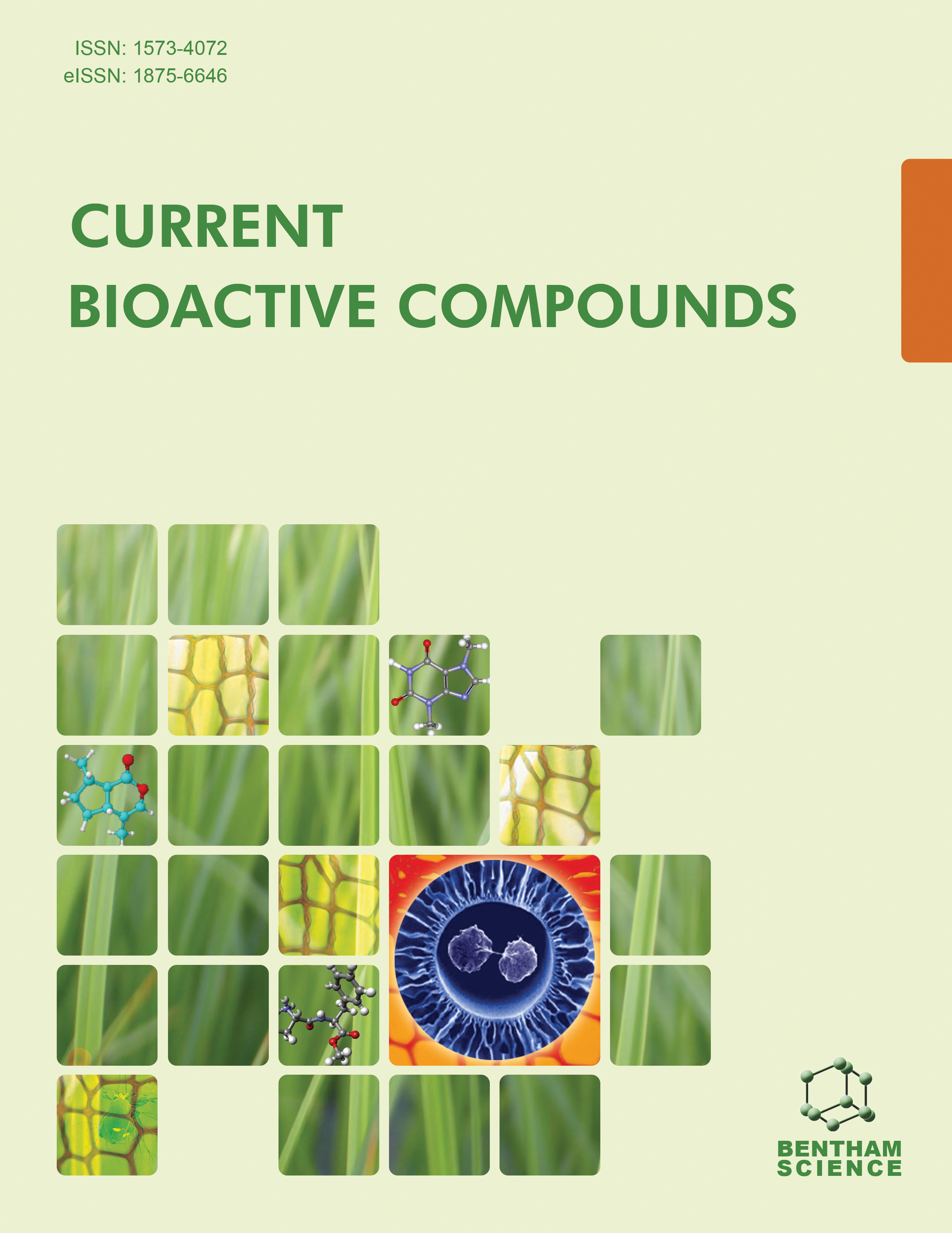
Full text loading...
We use cookies to track usage and preferences.I Understand
Shankhpushpi (Convolvulus pluricaulis), also called C. pluricaulis Choisy (C. pluricaulis), is a longstanding shrub also known by the names C. microphyllus Sieb. as well as C. prostratus Forsk and it’s employed as a traditional people’s remedy for a number of illnesses such as memory enhancement in Ayurveda and Conventional Chinese Medicine system. It is primarily utilized as a memory enhancer and brain stimulant for the treatment of central nervous diseases like stress, depression, and sleeplessness. Traditional Indian medications are used. Anxiolytic, neurological (Alzheimer's, Huntington's, Epilepsy, but also Depressant) antioxidants, analgesics, immunomodulatory, antibacterial, antihyperlipidemic, and cardioprotective actions are just a few of the medicinal qualities of this herb that have been linked to them in historical publications. Therefore, identifying and scientifically validating herbal remedies helps advance Ayurvedic/ Unani studies. Various biological phytoconstituents, including the alkaloids (convolamine), flavonoids (kaempferol), and polyphenolic compounds (scopoletin, sitosterol, and ceryl alcohol), have been linked to the therapeutic benefits of this botanical. Several active substances, such as scopoletin, kaempferol phytosterol, as well as -sitosterol, which was extracted from flying sections of C. pluricaulis, have been demonstrated to work as GABAA agonists that might explain the antianxiety and CNS depressant properties of shankhpushpi. To compile data for this article, a Systematic Literature Review on C. pluricaulis was conducted.

Article metrics loading...

Full text loading...
References


Data & Media loading...

